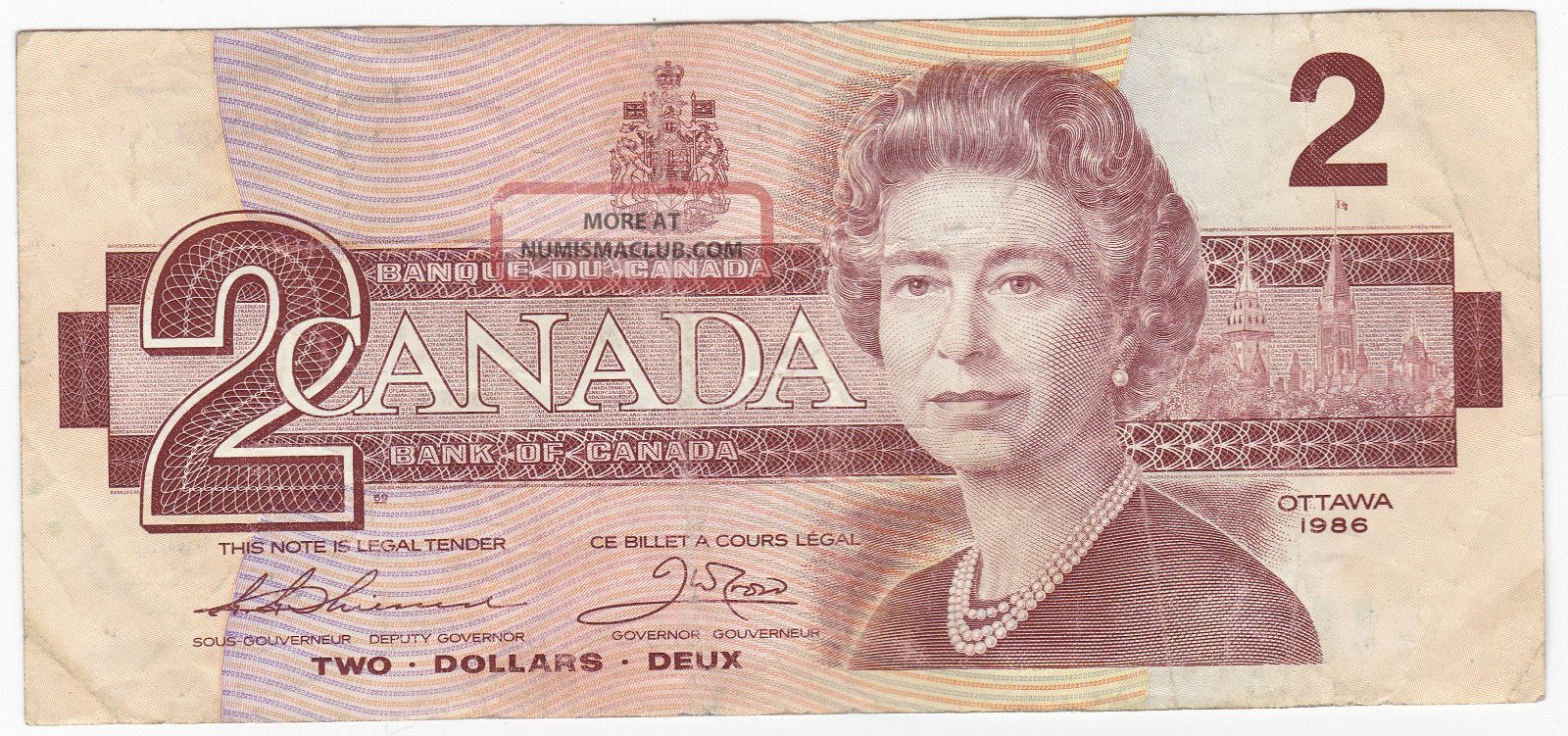
Up until the late 19th century, money was traditionally understood to be gold or silver coins. “Legal tender” first began to appear on bank notes when nations went off the gold standard in times of extreme economic need, such as during war. This deposit receipt from a goldsmith may have passed through many hands before the gold itself was withdrawn from the goldsmith’s vault. It was a practical and convenient system. These notes circulated as money while the gold stayed put in a vault. Clever goldsmiths then began issuing notes representing fractions of their clients’ gold. When you wanted to trade this gold for something, it was simply easier to hand over a goldsmith’s deposit receipt rather than transfer all that heavy gold. As well as making you a wedding ring, goldsmiths would store your gold in their vaults. One of the earliest varieties of European paper currency was deposit slips from 17th century English goldsmiths. This notion of storing the gold but trading the ownership was a centuries-old form of financial convenience.īy the time this note was issued, exchanging paper currency for gold was no longer practiced. You could go to your bank with a $10 bill and “demand” that the teller exchanges it for $10 in gold coins. Up until the Great Depression, Canada was on the “gold standard.” What this meant was every Canadian dollar represented, theoretically, a dollar’s worth of gold held in the government’s vaults. Prior to that, the phrase on every Canadian government bank note read, “WILL PAY TO THE BEARER ON DEMAND.” These are legal terms that reflect two very fundamental differences in how paper currency works.
CANADIAN BANK NOTE VALUE SERIES
“THIS NOTE IS LEGAL TENDER” has appeared on the face of every bank note issued by the Bank of Canada since the Scenes of Canada series was introduced in 1969. 25 dollars, Canada, 1935, NCC 1977.12.1 A little history on legal tender It was Canada’s only $25 bill and starting Jan 1, 2021, will no longer be legal tender. This unique bank note design was issued to celebrate the 25 years of King George V’s reign. (Or introduce him to the bouncer, depending upon what sort of bar it is.) However, in 2021, she’ll be entirely justified in declining that bank note. No matter their age, those notes are still “legal tender.” But unless our bartender is well informed about Canadian currency policy and numismatic history, she is very likely to refuse that payment. This is because bank notes issued by the Bank of Canada typically remain functional money until they disintegrate. The bartender could simply place the bill in her cash register and then hand the man his change. The bartender pours him his drink and says, “That will be $6, please.” The man then slaps down a rather battered Canadian 1935 $25 bill. So what happens when that status is revoked? Old money still at workĪ man walks into a bar and orders a beer. $1 Beattie-Rasminsky, Asterisk (British American Banknote Co.“Legal tender” means a coin or bank note that has been declared by the government to be acceptable for all payments and purchases. $1 Beattie-Rasminsky (British American Banknote Co.) $1 Beattie-Rasminsky, Asterisk (Canadian Banknote Co.) $1 Beattie-Rasminsky (Canadian Banknote Co.) Some other higher grade items may be found on our current list of PMG graded Canadian currency, from our Home page. Bracketed items in black text are known to be out of stock. Anything not currently available can be located for you if you request by sending an e-mail, fax, or by calling. Rare or hard to obtain items may not be available. However, we tend to have many items available in many grades. We do not always have every item available in every grade, nor do we have every older coin or set. Please note that this catalogue is used as both an ordering tool and the only online reference list of its kind. Both types may be ordered at the same price. The value is basically the same for both types and are thus not listed separately. Both companies produced the $1 and $5 notes. The imprint of the banknote companies are located at the bottom centre of the notes. The 1954 notes were printed by the Canadian Bank Note Company and British American Banknote Company.

Dominion of Canada 1878 Scalloped Border Notesĭominion of Canada 1878 Lettered Border Notesīank of Canada 1954 'Modified Portrait' Notesīank of Canada 1969-1979 Multicoloured Notesīank of Canada 2001-date Canadian Journey Notes


 0 kommentar(er)
0 kommentar(er)
